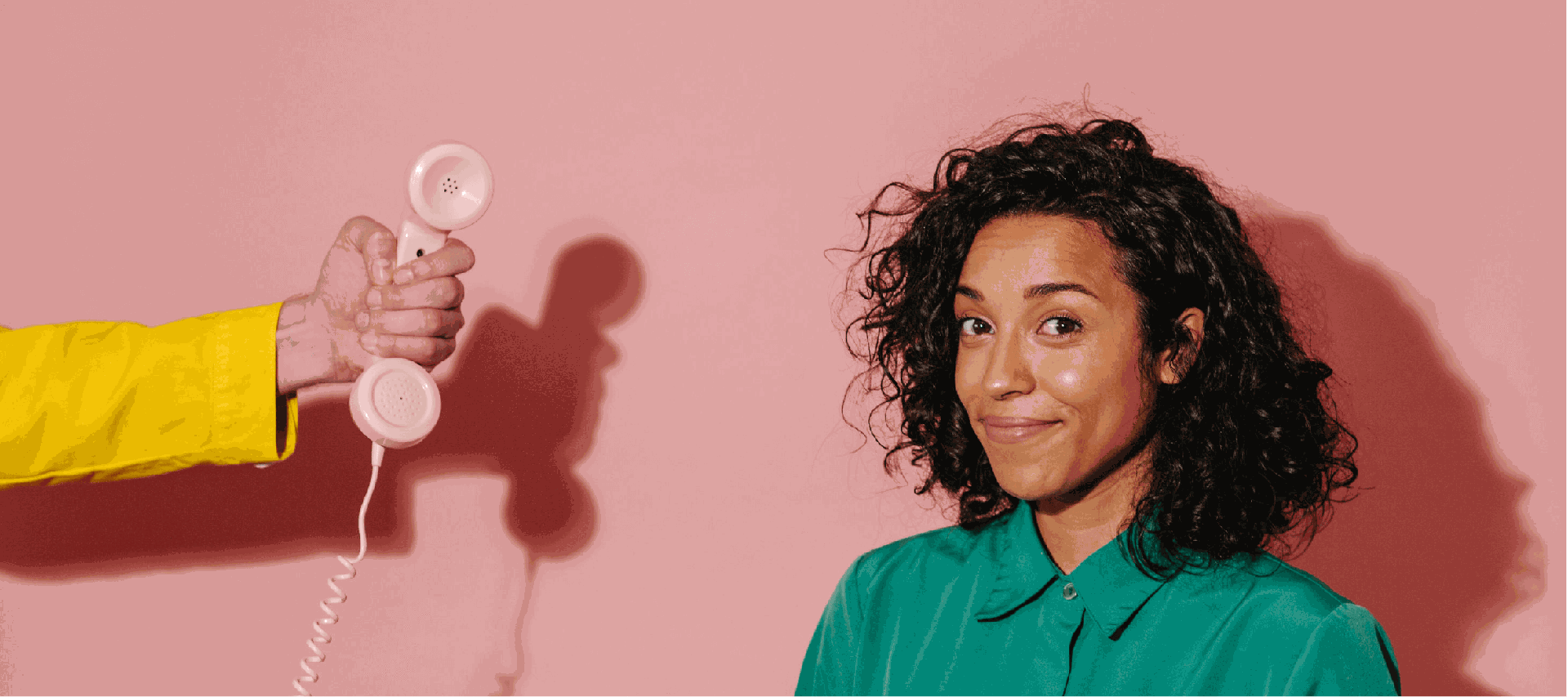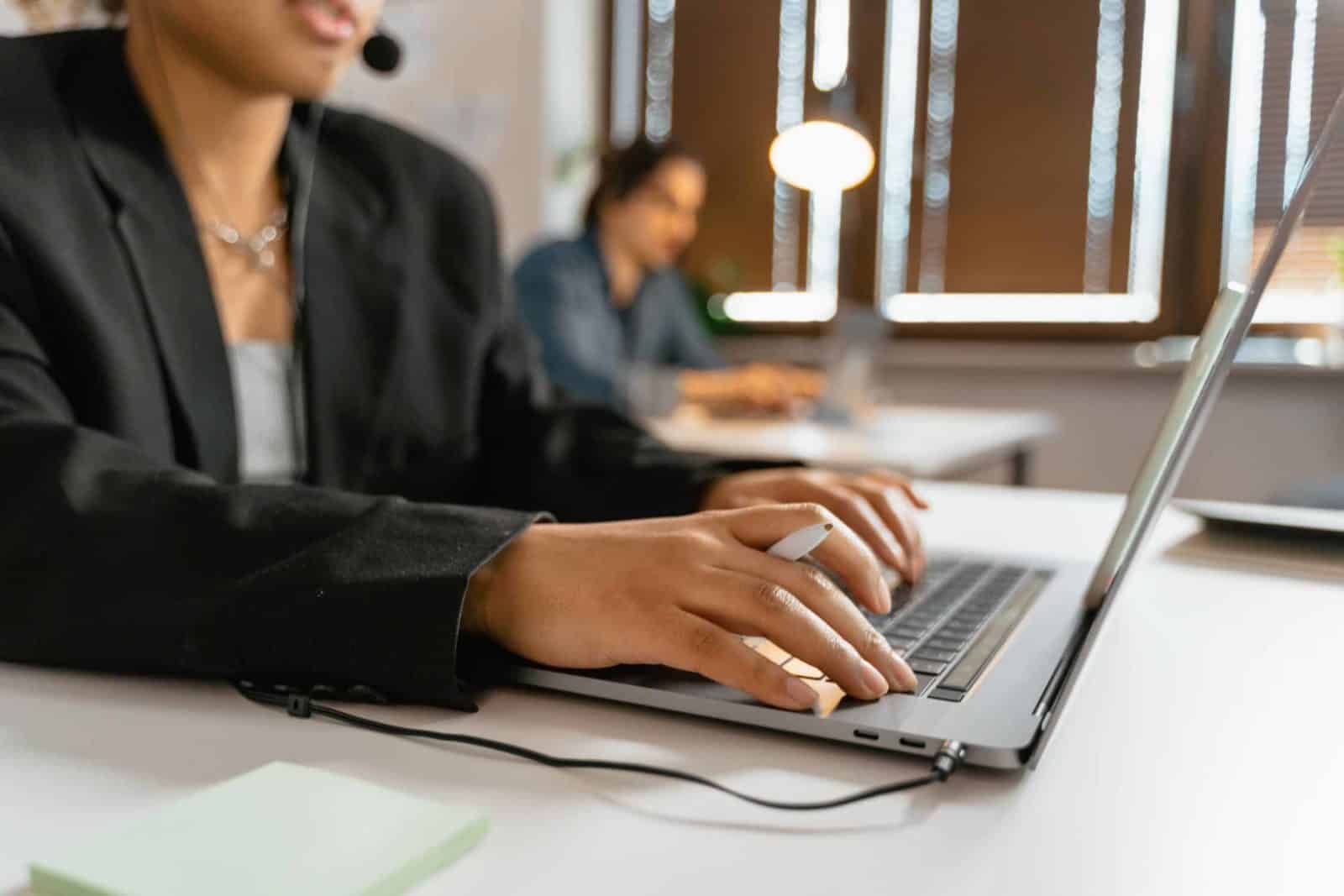All Categories
Featured
Table of Contents
- – The Best Phone Answering - Serviced & Virtual O...
- – What Is The Best The Benefits Of Secretarial A...
- – What Is The Best Phone Answering Service - Int...
- – Who Is The Best Answering Service Jobs In All...
- – Who Is The Best What Is An Answering Services...
- – What Is The Best 14 Benefits Of A Telephone ...
The Best Phone Answering - Serviced & Virtual Offices & Admin ...?
This gadget and its successors were developed by Sava Jacobson, an electrical engineer with a personal consulting company. While early voice mail used magnetic tape technology, the majority of contemporary devices utilizes solid state memory storage; some devices use a combination of both, with a solid-state circuit for the outgoing message and a cassette for the inbound messages.
"toll conserving" listed below) (virtual answering service). This works if the owner is screening calls and does not wish to speak with all callers. In any case after going, the calling celebration must be notified about the call having actually been answered (for the most part this begins the charging), either by some remark of the operator, or by some greeting message of the little, or addressed to non-human callers (e.
This holds specifically for the TADs with digitally saved greeting messages or for earlier machines (before the rise of microcassettes) with a special unlimited loop tape, separate from a 2nd cassette, devoted to recording. There have actually been answer-only gadgets with no recording abilities, where the greeting message had to inform callers of a state of existing unattainability, or e (phone answering service).
What Is The Best The Benefits Of Secretarial And Telephone Answering ... In The World

about schedule hours. In tape-recording TADs the greeting generally consists of an invitation to leave a message "after the beep". An answering machine that utilizes a microcassette to tape-record messages On a dual-cassette answerphone, there is an outbound cassette, which after the defined number of rings plays a pre-recorded message to the caller.

Single-cassette answering machines consist of the outbound message at the start of the tape and inbound messages on the remaining area. They first play the announcement, then fast-forward to the next readily available area for recording, then tape the caller's message. If there are numerous previous messages, fast-forwarding through them can cause a considerable hold-up.
This beep is often referred to in the welcoming message, asking for that the caller leave a message "after the beep". Littles with digital storage for the recorded messages do not reveal this hold-up, naturally. A little bit may provide a push-button control center, whereby the answerphone owner can ring the home number and, by getting in a code on the remote telephone's keypad, can listen to tape-recorded messages, or delete them, even when far from home.
What Is The Best Phone Answering Service - Intelligent Office To Have

Thus the machine increases the number of rings after which it responds to the call (typically by two, resulting in four rings), if no unread messages are presently saved, but responses after the set variety of rings (usually 2) if there are unread messages. This allows the owner to learn whether there are messages waiting; if there are none, the owner can hang up the phone on the, e.
Some devices also enable themselves to be from another location activated, if they have actually been changed off, by calling and letting the phone ring a certain big number of times (usually 10-15). Some service providers abandon calls currently after a smaller sized variety of rings, making remote activation impossible. In the early days of Little bits an unique transmitter for DTMF tones (dual-tone multi-frequency signalling) was regionally needed for push-button control, because the previously utilized pulse dialling is not apt to communicate proper signalling along an active connection, and the dual-tone multi-frequency signalling was carried out step-by-step.
Any incoming call is not identifiable with regard to these residential or commercial properties in advance of going "off hook" by the terminal equipment. So after going off hook the calls must be changed to proper gadgets and only the voice-type is instantly accessible to a human, but perhaps, nonetheless should be routed to a LITTLE (e.
Who Is The Best Answering Service Jobs In All Australia Service?
What if I told you that you do not need to actually choose up your device when responding to a consumer call? Someone else will. So practical, right? Responding to telephone call doesn't require someone to be on the other end of the line. Effective automated phone systems can do the trick simply as efficiently as a live representative and in some cases even better.
An automated answering service or interactive voice reaction system is a phone system that communicates with callers without a live individual on the line - professional phone answering service. When business use this innovation, clients can get the answer to a question about your business merely by utilizing interactions established on a pre-programmed call circulation.
Although live operators update the customer care experience, many calls do not need human interaction. An easy recorded message or directions on how a customer can obtain a piece of info generally resolves a caller's instant need - answering service. Automated answering services are a basic and effective method to direct incoming calls to the ideal individual.
Who Is The Best What Is An Answering Services & How Does It Work? Provider In My Area
Notice that when you call a company, either for support or item questions, the very first thing you will hear is a pre-recorded voice greeting and a series of alternatives like press 1 for customer support, press 2 for inquiries, and so on. The pre-recorded options branch off to other choices depending upon the consumer's selection.
The phone tree system helps direct callers to the ideal individual or department using the keypad on a cellphone. In some instances, callers can use their voices. It deserves noting that auto-attendant choices aren't restricted to the ten numbers on a phone's keypad. When the caller has picked their very first alternative, you can develop a multi-level auto-attendant that uses sub-menus to direct the caller to the ideal sort of assistance.
The caller does not have to communicate with a person if the auto-attendant phone system can handle their concern. The automated service can route callers to a staff member if they reach a "dead end" and need help from a live agent. It is pricey to hire an operator or executive assistant.
What Is The Best 14 Benefits Of A Telephone Answering Service In 2023 Available
Automated answering services, on the other hand, are substantially cheaper and provide substantial cost savings at an average of $200-$420/month. Even if you do not have committed staff to deal with call routing and management, an automatic answering service improves productivity by permitting your group to concentrate on their strengths so they can more efficiently invest their time on the phone.
A sales lead routed to client service is a lost shot. If a client who has product questions reaches the wrong department or receives insufficient answers from well-meaning employees who are less trained to handle a particular type of concern, it can be a reason for frustration and discontentment. An automated answering system can decrease the number of misrouted calls, therefore assisting your staff members make much better use of their phone time while freeing up time in their calendar for other tasks.
With Automated Answering Systems, you can develop a personalized experience for both your personnel and your callers. Make a recording of your primary welcoming, and just update it regularly to reflect what is going on in your company. You can develop as numerous departments or menu options as you want.
Table of Contents
- – The Best Phone Answering - Serviced & Virtual O...
- – What Is The Best The Benefits Of Secretarial A...
- – What Is The Best Phone Answering Service - Int...
- – Who Is The Best Answering Service Jobs In All...
- – Who Is The Best What Is An Answering Services...
- – What Is The Best 14 Benefits Of A Telephone ...
Latest Posts
24/7 Answering Service – Australian Capital Territory
Virtual Receptionist Near Me
Efficient Medical Answering Service Near Me – Northern Territory 0870
More
Latest Posts
24/7 Answering Service – Australian Capital Territory
Virtual Receptionist Near Me
Efficient Medical Answering Service Near Me – Northern Territory 0870